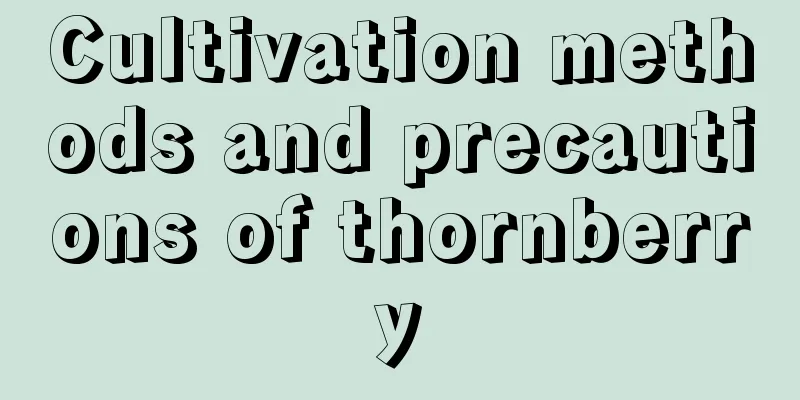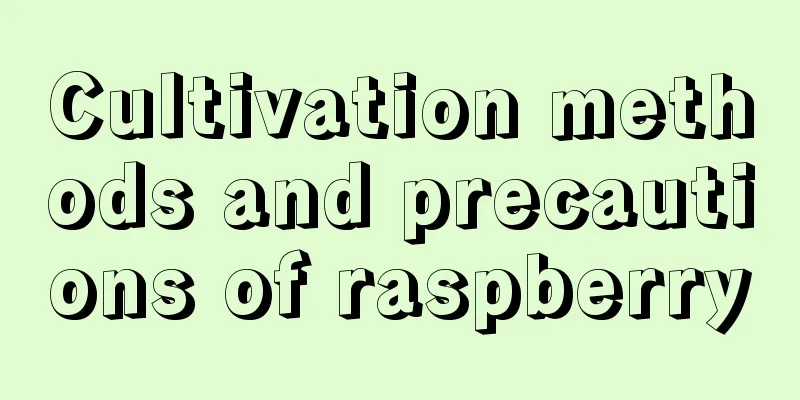How to grow Begonia and what to pay attention to

Growth habits of BegoniaBegonia likes an environment with plenty of sunlight, but cannot tolerate strong sunlight in summer and needs to be shaded. If it is maintained indoors, it should be placed in a place with sufficient scattered light and air circulation. It likes a warm and humid environment and needs to be drained in time in summer. The suitable growth temperature is between 10-30 degrees. Cultivation method of BegoniaBegonia is suitable for planting in loose, fertile and well-breathable soil. You can mix garden soil, leaf mold and river sand to provide a growth temperature of 15-25 degrees. Temperature control is required in summer and winter. Provide sufficient sunlight at ordinary times, provide shade in summer, keep the soil slightly moist, water in the morning and evening in summer, and control watering in winter. Watering BegoniaBegonia likes a humid environment. It can be watered in the morning and evening in summer, and less watered in winter. If watered, it is best to do it at noon. In spring and autumn, it can be watered once a week. When watering, you should water along the edge of the pot and not drip on the leaves and flowers, as they are prone to rot. Fertilizing BegoniaBegonia needs to be fertilized during the growing and flowering periods. In addition, base fertilizer should be applied when it is planted in pots. During the growing period, some bean cake water and other fertilizers can be used once every 10 days. During the flowering period, phosphate fertilizer should be applied once every half a month. When planting in pots, decomposed organic fertilizer can be used. The fertilizer needs to be diluted with a certain amount of water. Begonia pruningFirst of all, it is best to prune the Begonia in spring or autumn, and then use special tree shears to prune it. There should be no oil or rust on the scissors. Then try to prune the outer branches at the bottom, keep the inner branches growing, and then prune the unsightly plants to ensure the beauty and normal growth of the Begonia. The withered flowers can be trimmed after the flowering period. Precautions for Begonia maintenanceWhen the Begonia reaches a certain stage of care, it needs to be topped off in time to promote the sprouting of side branches. In addition, the withered flowers need to be trimmed after the flowering period. At this time, do not water too much and do not drip on the cut to avoid causing rot. If the pruning steps are not done well, the plant will easily grow thin and tall, with an ugly shape, affecting its appearance. |
<<: Wisteria growth environment conditions and characteristics
>>: Environmental conditions and characteristics of beans growth
Recommend
Spring sowing method
1. Time Selection The sowing method is not common...
How to propagate wintersweet
Grafting propagation of Chimonanthus praecox The ...
Can roses be grown indoors?
Can roses be grown indoors? Roses can be planted ...
When is the flowering season of lavender? Does lavender bloom all year round?
1. What month is the flowering period? Lavender b...
Can pea hulls be used as fertilizer?
Pea hulls as fertilizer Pea shells can be used as...
How to shape old succulent plants How to shape old succulent plants
When growing succulent plants, they are most beau...
When does the hyacinthus tree bloom?
Flowering period It takes a period of care for th...
What to do if wisteria leaves turn yellow and fall off
Reasons and solutions for the yellowing of wister...
What is moss?
What is moss? Seaweed is also called moss strips,...
Differences between Leucaena leucaena and Acacia
1. Different appearance Leucaena leucaena: It is ...
What fertilizer is suitable for fig trees?
When to fertilize fig trees Generally speaking, b...
How to graft wintersweet (picture), what rootstock to use?
1. Grafting method 1. Grafting: Grafting should b...
How to water rose begonia
Watering tips for rose begonia Rose Begonia, also...
How to save seeds of white melon
How to get white melon seeds White melon is also ...
Is it profitable to grow blueberries? How much profit is one acre?
Is growing blueberries profitable? Blueberry is a...









